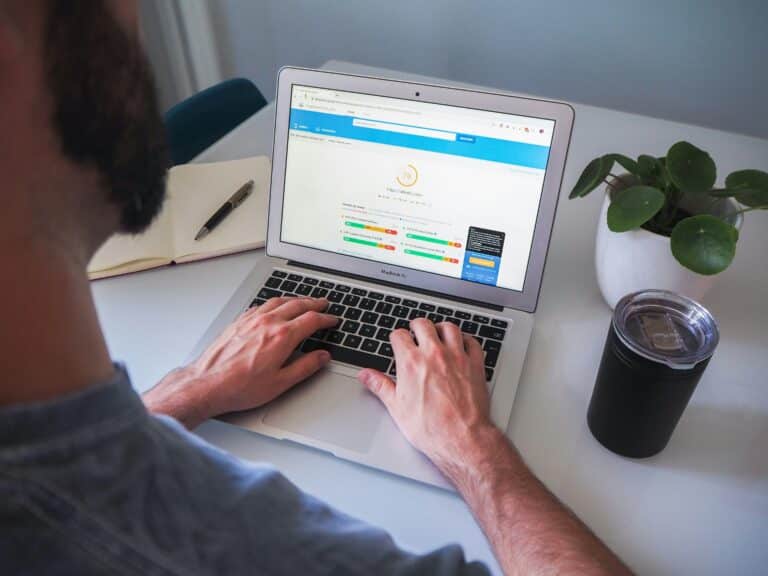
The Importance of Website Maintenance: Keeping Your Site Running Smoothly
When it comes to digital marketing and web design, launching your website is just the beginning. For small business owners, entrepreneurs, and growing brands, it’s
The MAKE blog is chock full of industry trends, helpful guides, and news from the MAKE team.

When it comes to digital marketing and web design, launching your website is just the beginning. For small business owners, entrepreneurs, and growing brands, it’s

Generating high-quality leads is one of the most important goals for any business, but for many small and mid-sized companies, the lead generation process can

If you’re an entrepreneur launching your first website (or simply trying to keep your current site running smoothly), understanding the details of web hosting can

When it comes to your company’s digital marketing, it’s not just about getting people to your site. The main goal is turning those visitors into

If you’re looking to grow your business through digital marketing tactics, blog writing can be a powerful tool. A high-converting blog does more than share

When it comes to growing your business online, having the right digital marketing tools can make all the difference. Whether you’re a small business looking
Stay in the loop with industry insights, information and actionable content. Or, just keep up with the latest in the world of MAKE.
Don’t see your industry listed? We partner with many different industries & business categories. Let’s talk about it.